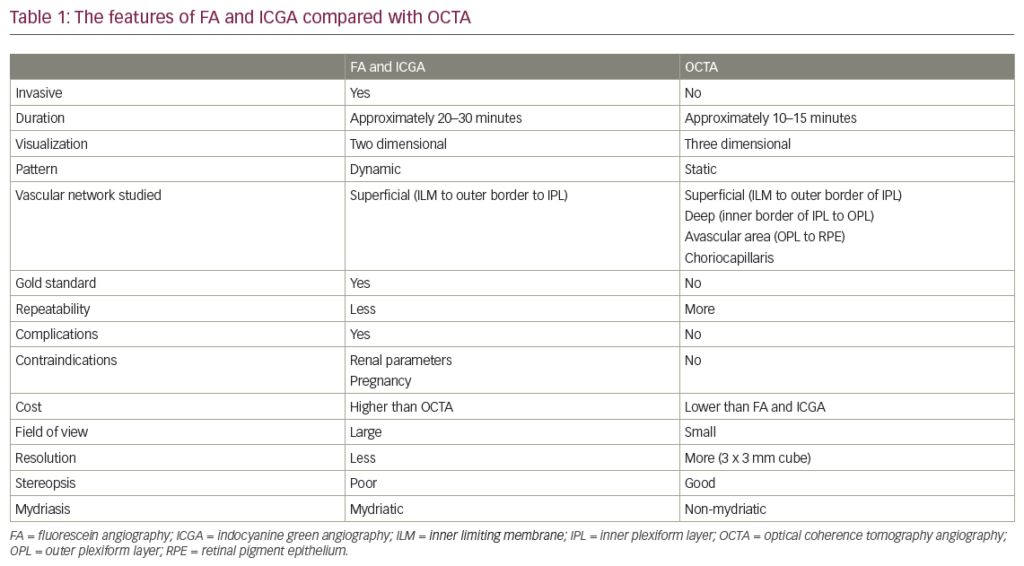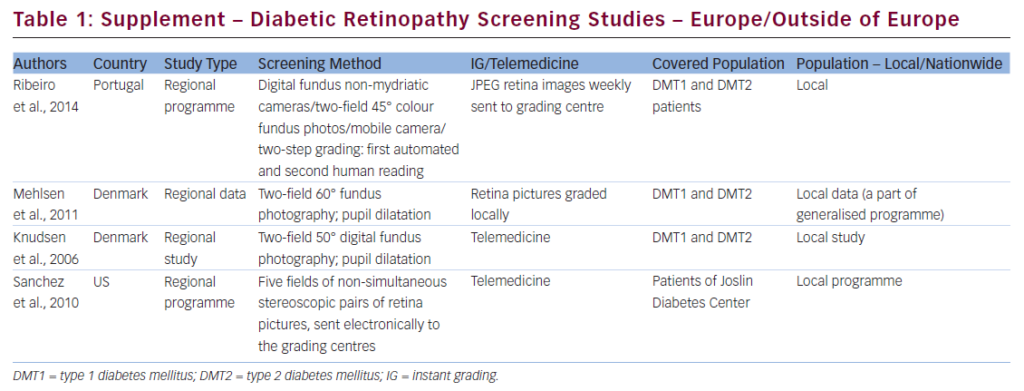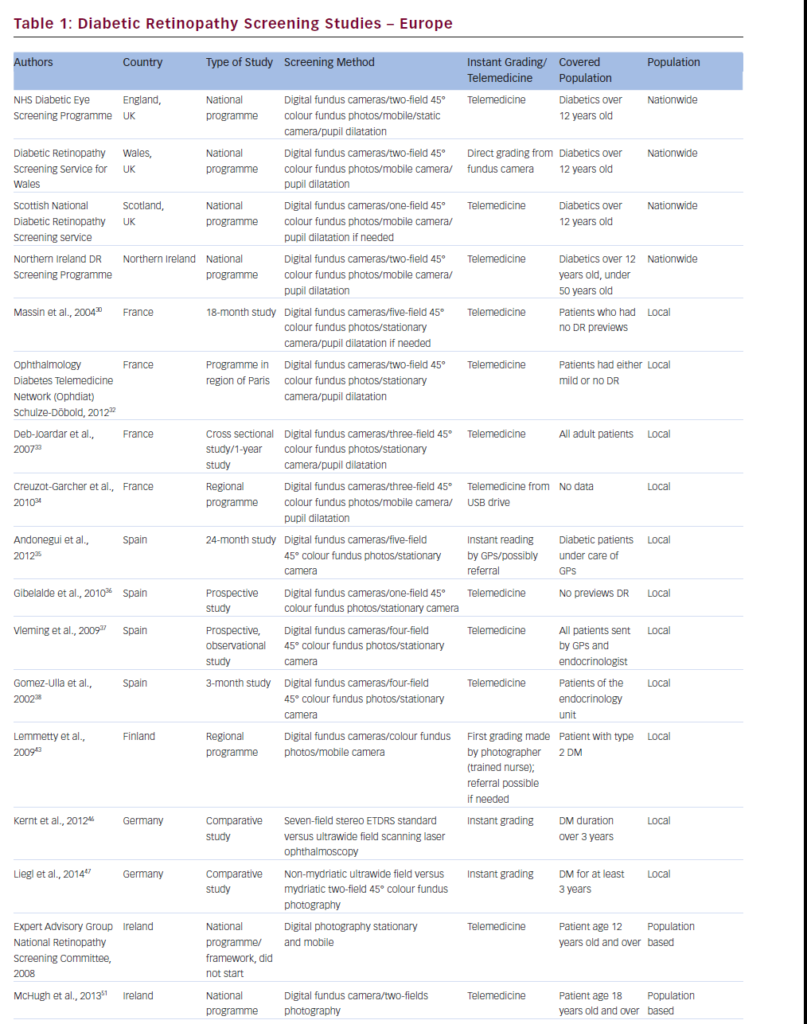Identifying treatments that prevent diabetic retinopathy progression is a priority in current research. Patients with non-proliferative retinopathy currently have limited treatment options to prevent the progression of retinopathy and loss of vision, and therapies such as anti–vascular endothelial growth factor (VEGF) therapy, steroid injectable therapy and laser treatment are reserved for patients who advance to proliferative diabetic retinopathy or diabetic macular oedema (DMO). The ZETA-1 phase IIb trial (ClinicalTrials.gov identifier: NCT04692688) was designed to evaluate the efficacy and safety of APX3330 in patients with diabetic retinopathy.1Expand Reference Although the trial did not meet its primary endpoint, APX3330 demonstrated a favourable safety and tolerability profile, and achieved statistical significance in a key prespecified secondary endpoint of preventing clinically meaningful progression of diabetic retinopathy.2Expand Reference
In this expert interview, Timothy W Corson describes the mechanism of action of APX3330, the ZETA-1 study and its findings, and highlights future directions in the development of APX3330.
Q. What are the limitations of current therapeutic options for diabetic retinopathy?
There are currently no approved, specific therapies for mild–to–moderate diabetic retinopathy; management of systemic disease (glycaemic control) is the best option. For the advanced, proliferative form of diabetic retinopathy and for DMO, anti-VEGF biologicals have proven highly effective.3Expand Reference However, all the existing agents are biologicals that must be injected intravitreally and as frequently as monthly in some cases. This presents a considerable burden to patients in terms of cost and time for clinic visits, as well as the discomfort of this procedure and risk of rare but serious complications such as endophthalmitis. Our work and that from other groups has unsurprisingly revealed that, for these reasons, the vast majority of patients would prefer a topical or systemic therapy alternative to these intravitreal injections, if one were available.4,545
Q. What is APX3330 and what is its mechanism of action?
APX3330 is a small molecule inhibitor of a protein known as redox factor 1/apurinic-apyrimidinic endonuclease 1 (Ref-1/APE1). This protein has two names because it has two functions.6Expand Reference One function is involved in DNA damage repair as an apurinic-apyrimidinic endonuclease. The other function, Ref-1, is crucial for reduction–oxidation (redox) regulation of various transcription factors. APX3330 specifically blocks this redox function. Ref-1 activity normally leads to activation of many transcription factors, including nuclear factor kappa B (NF-κB), hypoxia-inducible factor 1 alpha (HIF-1α) and others that are important for promoting inflammation and cell growth. By acting on the Ref-1 signalling nexus, APX3330 can therefore induce anti-inflammatory, anti-angiogenic and anti-proliferative effects mediated through multiple pathways, including VEGF signalling. Given this, APX3330 has shown preclinical efficacy in a number of inflammatory, neovascular and oncological disease models. In humans, it has shown good safety profiles across several studies, as well as promising efficacy in a phase I oncology trial.7,878
Q. Could you provide a brief overview of the ZETA-1 phase II trial, including its rationale, design and eligibility criteria?
ZETA-1 was designed to assess the efficacy of APX3330 in diabetic retinopathy and DMO.1Expand Reference Ocuphire Pharma, Inc. (Farmington Hills, MI, USA) launched the ZETA-1 trial based on the strong preclinical data from our group and others, which implicated Ref-1 in regulating neovascularization in the eye across multiple models, as well as the excellent safety profile of oral APX3330 in humans and the unmet need in diabetic retinopathy treatment.9,10910 ZETA-1 was a placebo-controlled, double-masked, randomized phase IIb trial comparing 600 mg APX3330 daily (split across two doses) with placebo over 24 weeks. A total of 103 patients were enrolled at 25 US sites. Major inclusion criteria were males or females ≥18 years of age with a diagnosis of moderately severe to severe non-proliferative diabetic retinopathy or mild proliferative diabetic retinopathy, with or without non-central DMO in the study eye. Central DMO was allowed in the fellow eye. Best corrected visual acuity had to be 20/63 or better in the study eye with a Diabetic Retinopathy Severity Scale (DRSS) score of 47, 53 or 61. Patients had to be free of: photocoagulation in the past year (with no pan-retinal photocoagulation ever), anti-VEGF injections or intraocular steroids within 6 months, fluocinolone implant in the past 3 years, and significant other ocular or systemic disease or glycated haemoglobin of ≥12%.
Q. What were the primary and secondary endpoints and how well were they achieved?
The primary endpoint was the percentage of patients with an improvement of ≥2 steps in the DRSS score in the study eye at week 24. This endpoint was not met, with 8% of both drug and placebo groups showing an improvement of ≥2 steps. However, a prespecified secondary endpoint of DRSS worsening across both eyes was met, with 16% of patients on placebo showing a worsening of ≥3 DRSS steps compared with none of the patients on APX3330 worsening by this much at 24 weeks (p=0.04). Such binocular assessment is feasible for a systemic agent such as APX3330 in a way that is not relevant for precedent intravitreal injections of anti-VEGF agents. In another secondary endpoint, there was a trend (p=0.07) towards fewer patients in the APX3330 group losing ≥5 letters of vision (6% versus 19% in the placebo group). In addition, the safety profile of APX3330 was excellent and consistent with previous trials for other indications. Treatment–related adverse events were seen in 14 patients on APX3330 and 17 on placebo, with none involving liver, heart, kidney, brain, lung or vital signs. Finally, 88% of patients completed the trial, with only four of the withdrawals being due to adverse events (two APX3330, two placebo).
Q. Are there any plans for further studies of APX3330 in diabetic retinopathy or other indications?
Based on the ZETA-1 fundings, Ocuphire reports that they intend to meet with the United States Food and Drug Administration to discuss moving the programme forward for diabetic retinopathy. A longer, larger phase III trial may bring the potential effects of APX3330 into sharper focus. In addition, preclinical data suggest that APX3330 may have utility in other neovascular eye diseases, such as neovascular age-related macular degeneration, as well as other non-ocular indications. The excellent safety findings underscore the potential of this drug for exploration in other conditions.
Q. Where do you see APX3330 sitting in the treatment paradigm for diabetic retinopathy?
If eventually approved, APX3330 would be a very appealing, first-line oral agent for the non-invasive prevention of progression and vision loss due to non-proliferative diabetic retinopathy, given the dearth of such agents currently. In DMO and proliferative diabetic retinopathy, APX3330 could be a powerful adjunct to reduce the frequency of intravitreal anti-VEGF therapies, or even potentially replace them in some patients. The ease of delivery of an oral agent would also increase access to vision-saving therapy in low–resource settings.









